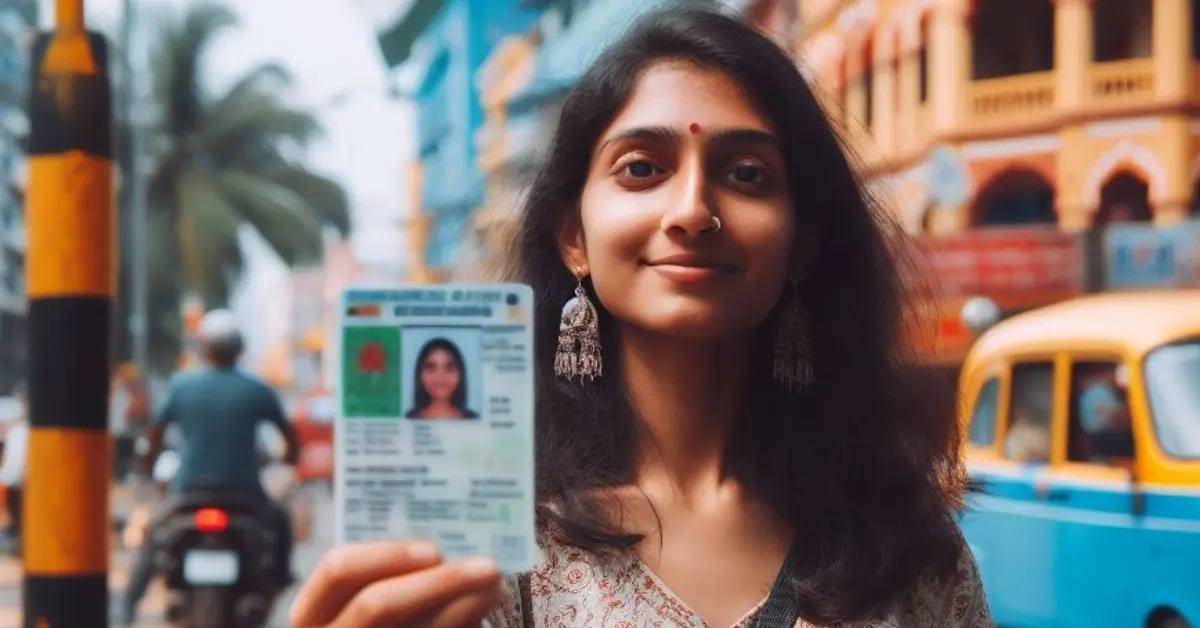Driving License isn’t just a legal formality; it’s a symbolic gateway to the world of mobility. Enforced by the Motor Vehicles Act of 1988 in India, the acquisition of a Driving License is a multifaceted process, involving two significant stages: a Learner’s License and a Permanent License.
Page Index
How to Apply for a Driving License in India?
Getting a driving license is a significant milestone, opening up a world of freedom and independence. In India, the process may seem a bit daunting, but fear not!
This comprehensive guide will walk you through the step-by-step procedure of applying for a driving license, ensuring a smooth journey from the learner’s stage to becoming a certified driver on Indian roads.
- Eligibility Criteria: Before diving into the application process, it’s crucial to ensure you meet the eligibility criteria. Generally, individuals must be at least 18 years old for a private vehicle license and 20 years old for a commercial vehicle license. You should also have completed the minimum required period as a learner’s license holder.
- Learner’s License: The first step is obtaining a learner’s license. Visit your nearest Regional Transport Office (RTO) and fill out the application form. You’ll need to submit proof of identity, proof of address, and passport-sized photographs. Once the form is submitted, you’ll be required to take a written test to assess your knowledge of road rules and traffic signs. Passing this test grants you a learner’s license.
- Learning Period: After acquiring your learner’s license, you can start taking driving lessons. It’s essential to practice driving under the supervision of a licensed driver. The learning period varies, so be sure to check the guidelines in your region.
- Driving Test: Once you’ve gained sufficient driving experience, schedule a driving test at the RTO. During the test, your driving skills will be evaluated, including your ability to follow traffic rules, handle the vehicle, and park. If you pass, congratulations! You’re now ready for the next step.
- Documents Required for Permanent License: To upgrade to a permanent driving license, gather the necessary documents, including your learner’s license, proof of residence, and passport-sized photographs. Be sure to check the specific requirements at your local RTO.
- Application Form for Permanent License: Fill out the application form for a permanent driving license. You can obtain this form from the RTO or download it online. Submit the completed form along with the required documents.
- Test for Permanent License: Similar to the learner’s license process, you may need to take a driving test for the permanent license. The test will assess your ability to handle the vehicle and follow traffic rules.
- Payment of Fees: Pay the necessary fees for the permanent license. The fee structure may vary based on the type of vehicle and the duration of the license.
- Collect Your License: Once you’ve completed all the formalities and passed the driving test, you can collect your permanent driving license from the RTO. Congratulations, you’re now officially a licensed driver!
Types of Driving License
1. Learner’s License:
- It’s not just a permit; it’s an apprenticeship for future drivers.
- Valid for six months, the Learner’s License is an essential preparatory phase where individuals, as young as 16 with parental consent, can grasp the nuances of driving.
- Tailored for vehicles with a 50 CC engine and lacking gears, this initial step sets the foundation for responsible road use.
2. Permanent License:
- More than just a card, the Permanent License signifies a profound commitment to safe and mature driving.
- Issued a month after obtaining the Learner’s License, the minimum age requirement is 18 for driving private motor vehicles.
- For those aged 20 and above, holding a Learner’s License, the avenue opens for acquiring a commercial vehicle license, making it a pivotal step towards professional driving.
Application Process
For Learner’s License:
- Application: The journey begins with the submission of meticulously filled prescribed forms at the Local Transport Office. Alongside, furnish passport-sized photographs, proof of age and residence, a declaration of medical fitness, and the requisite fee.
- Learner’s Test: Following document scrutiny, applicants undertake the Learner’s Test, a comprehensive assessment covering traffic rules, signs, and regulations. Success rewards you with the coveted Learner’s License; failure grants another opportunity.
For Permanent License:
- Eligibility: Armed with a valid Learner’s License, the aspiring driver must apply within 180 days of its issuance.
- Knowledge: Beyond mere technicalities, the applicant must delve into the intricacies of vehicle systems, driving, and traffic rules, ensuring a comprehensive understanding.
- Driving Test: The pinnacle of the process involves a practical driving test. Armed with a vehicle, applicants navigate the streets under the evaluative gaze. Success results in the issuance of the Permanent Driving License, a tangible testament to driving proficiency.
In conclusion, obtaining a Driving License in India is a transformative journey, encapsulating learning, responsibility, and commitment. It’s not merely about acquiring a legal document but about embodying a culture of safe and informed driving.
Whether maneuvering through the initial stages with a Learner’s License or embracing the freedoms of a Permanent License, each step signifies a personal evolution toward becoming a responsible and skilled driver.


